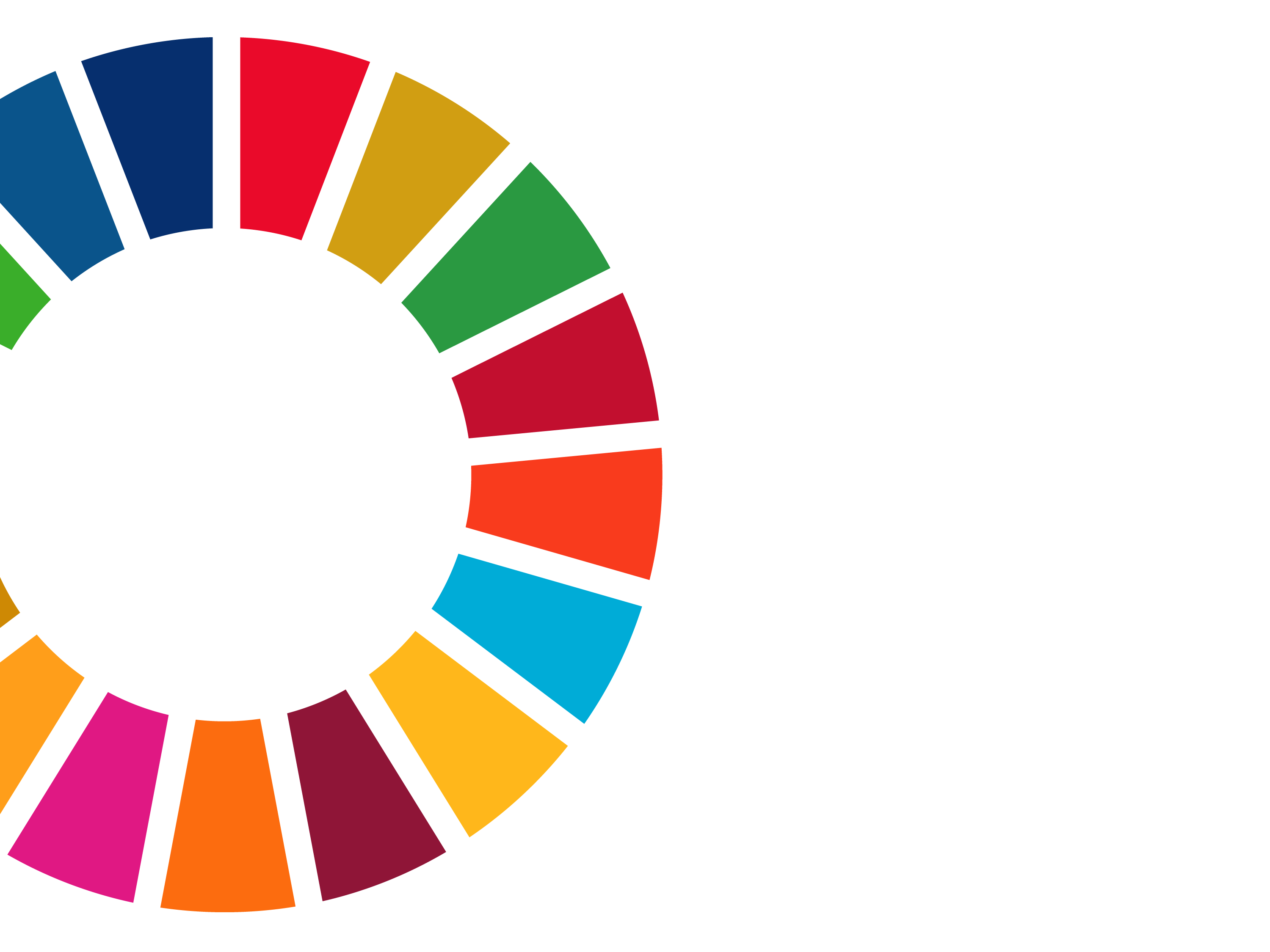
COMING TOGETHER
17 Rooms Global Flagship Synthesis Report
About 17 Rooms
A partnership between the Center for Sustainable Development at Brookings and The Rockefeller Foundation, 17 Rooms is an experimental method for advancing the economic, social, and environmental priorities embedded in the world’s Sustainable Development Goals (SDGs). In 2021, more than 200 participants contributed to the global flagship process. See the list of participants here.
1. Seeking new paths to progress
The Sustainable Development Goals (SDGs) embody many of the world’s foremost priorities for cooperation. Protecting people. Promoting prosperity. Preserving the planet. Even before the COVID-19 pandemic took hold, the objectives embedded in the Goals were ambitious and wide-ranging—from the elimination of extreme deprivation to major reductions in inequality and switching course to safeguard nature. None of the 17 SDGs are optional. Major progress on each is essential for humanity to thrive. Moreover, for each individual Goal, the needed scale and scope of action requires new collaborative alliances across public, private, academic, civil society, and philanthropic sectors.
But the world is wracked by division. Too many existing institutions and processes meant to foster cooperation are not measuring up to the moment. Across communities, countries, and continents—there is widespread sentiment that things are stuck. The SDGs already called for new approaches to problem-solving. Setbacks triggered by COVID-19 have only amplified the need for a new path forward.
In this context, the Center for Sustainable Development at The Brookings Institution and The Rockefeller Foundation joined forces again in 2021 to convene the fourth annual 17 Rooms global flagship process. This evolving and experimental initiative aims to augment action, insight, and community across all 17 SDGs. The underlying motivation is to provide a neutral and creative space, alongside official processes, where leaders from different sectors and backgrounds can connect to collaborate and carry forward decisive next steps for the SDGs. Seventeen working groups or “Rooms”, one per SDG, came together to advance action within each Goal, while expanding opportunities for collaboration across Goals.
Emerging from the pandemic…we didn’t have the response that we needed to give us a good chance at recovery, and to put the SDGs back on track. This cannot just be about leaders and governments…we need to bring people into the room. The 131 U.N. offices…need to be inspired by this incredible energy that you have in these 17 Rooms…Because that is really where we need to implement in 9 years the sustainable development agenda.
— Amina Mohammed, U.N. Deputy Secretary-General
A number of common themes, elements, and principles emerged across this year’s Rooms. The pandemic was never far from mind, including the catastrophic global inequities in access to COVID-19 vaccines. The working group focused on global inequality (Room 10 on SDG 10) did not shy away from calling out leadership failures among powerful countries. Too few have followed through on their own self-interest to cooperate with less powerful societies to bring the pandemic to an end.
Several other themes for action emerged too. First, digital public goods (DPGs) can be gamechangers for SDG progress. Building on successful recent cases like Togo (emphasized in Room 1 on SDG 1), more and more countries can develop digital cash transfer systems to respond to emergencies, preempt disasters, broaden inclusion, and reduce poverty. To realize the broader benefits of DPGs (a focus of Room 9 on SDG 9), a range of actors need to come together to support common protocols and communities of practice that strike a balance between the autonomy of locally-calibrated systems and interoperability across systems. Global outreach strategies are also needed to educate communities, policymakers, and investors on the value of DPGs, such as participatory digital health and data collection tools for pandemic preparedness and response (proposed by Room 3 on SDG 3).
Second, prompted by a summer of extreme weather events in the northern hemisphere, three Rooms (Rooms 13, 14, and 15) came to the view that focusing on the security and benefits that nature delivers to people where they live can be an effective strategy for catalyzing large-scale investments in ecosystems. Multiple environmentally-focused Rooms also emphasized the need for new financing frameworks to achieve necessary SDG outcomes (e.g., Room 13’s key pillars for a “breakthrough” in climate finance).
Third, multiple groups pursued practical avenues to shift global systems of power and agency to provide greater support for local leaders and communities, including to advance the needs of women and girls. For change to occur, international actors need to embrace existing local models and update legacy funding structures and mindsets (articulated by Room 11). Fiscal transparency is also essential to ensuring local disparities are squarely addressed (a Room 16 priority). Innovative conceptual approaches are needed too: one Room proposed a novel process tool to help local actors in any community negotiate areas of tension and align on areas of mutual benefit (Room 14’s “SDG narrative approach” for working seascapes).
Fourth, on themes of justice and equity, younger generations received attention as key partners for driving change across many fronts of sustainable development. This ranged from new approaches to promoting intergenerational learning teams (Room 4), networks for women leaders working for gender equality in faith contexts (Room 5), and communities of practice for a next generation of education, leadership, and innovation around the SDGs (Room 16).
It’s really nothing short of remarkable that the flagship process brings all of you together, such an extraordinary network of leaders from so many disciplines and sectors and organizations around the world…It’s also inspiring to know that the 17 Rooms approach now extends well beyond this flagship process… It’s invigorating to see 17 Rooms emerge as a more informal platform for bottom-up cooperation… The actions you take across the 17 Rooms are simply essential to carving a better path forward.
— John R. Allen, President, The Brookings Institution
Fifth, recognizing that private capital and business need to play a crucial role in achieving the SDGs, several Rooms sought ways to make capitalism more accountable to the true societal cost (and value) of doing business. New tools, metrics, data systems, and reporting requirements can help drive better alignment between private sector incentives and SDG outcomes (Room 2, Room 8), especially when informed by more refined public debates (Room 12). In one instance (Room 17), this entails a pioneering multi-stakeholder collaboration to help steer market investors away from companies using forced labor.
Sixth, multiple Room deliberations called for reframing SDG ambitions. Sometimes this was conceptual, such as promoting a mindset shift around human waste management as a key input to tackling climate change (Room 6). In one other instance it was more technical, such as to update SDG energy access metrics to capture essential requirements for escaping poverty and supporting livelihoods (Room 7). These efforts reflected a desire for ongoing improvement in how the SDGs can promote human dignity, opportunity, and co-benefits across Goals.
This report captures key outcomes from this year’s 17 Rooms global flagship process, written from the perspective of the 17 Rooms secretariat. All of the Rooms have published their own short documents, in their own voice, as a companion series to this report. Section 2 provides a recap of the latest developments in the 17 Rooms methodologies. Section 3 summarizes each Room’s action agenda, alongside some opportunities for joint action that bubbled up across Rooms. Readers who are less interested in the methodological questions might wish to skip Section 2 and jump straight to Section 3. A brief concluding section provides a look-ahead to 2022.

2. Flagship 4.0: Shortening the path to action
Any 17 Rooms process is anchored in three design principles: all SDGs get a seat at the table; take a next step, not the perfect step; and engage in conversations, not presentations. (See 17 Rooms: A new approach to spurring action for the Sustainable Development Goals for more details.) Groups convene to discuss what “we,” in the Room, can do next. Participants are asked to “leave their institutional agendas at the door” to create space for new forms of collaboration.
In the 2021 flagship process, as in previous years, all Rooms were given a common assignment to identify one to three actionable priorities to advance over the coming 12-18 months (i.e., by the end of 2022) to improve some aspect of their Goal’s 2030 outcomes. In a concerted effort to confront COVID-19’s implications as the most gendered crisis in modern history, Rooms this year were also asked to articulate how their actionable priorities would help drive gains for women and girls (See Gender equality as a cross-cutting theme).
Promoting action within Rooms
Within the flagship process, all Rooms work to a tight timetable, with only a limited number of meeting hours available to share perspectives, identify opportunities, and clarify next steps. Each Room had its first meeting in early June 2021, and then met at least once more before the end of July, when each Room shared its draft action plans to inform an all-Room summit on September 13th and 14th. By the beginning of October, Rooms finalized their action strategies for 2022.
Within each Room, the goal is to zero in on problems that are consequential and not already being solved elsewhere, ones where a neutral platform could help bring a critical mass of different people together to make gains. Rooms are encouraged to avoid “boiling the ocean”-type conversations that tackle every topic embedded within an SDG. Instead, Rooms are given freedom to “pick a swim lane within a swim lane” of their SDG, i.e., a slice of their Goal they deem ripe for action. In turn, Participants are encouraged to identify prospective actions that are “big enough to matter and small enough to get done.”
Early in 2021, the 17 Rooms secretariat began referencing a notion of “right-sizing” practical ingredients to promote cooperation for the SDGs. But later, it became clear this wasn’t the right word choice, since right-sizing often connotes scaling back ambition, and 17 Rooms seeks to raise ambitions for action. By the end of the 2021 flagship cycle, the term “action-sizing” was deemed a more fitting jargon for the 17 Rooms mindset—cultivating conditions to shorten the path toward ambitious cooperative actions.
In the spirit of action-sizing, one of this year’s core innovations was to frame a three-part menu for the types of cooperation that could help each group quickly align expectations around definitions of success. This typology included: “campfire” strategies for diverse stakeholders to forge a new consensus, “trial balloon” approaches for domain experts to vet and pilot actionable ideas, and “direct ascents” to mobilize collective execution on a shared priority (see “Room typologies” image below). The secretariat then worked with each Room Moderator team to align an appropriate mix of Room participants to match the task.
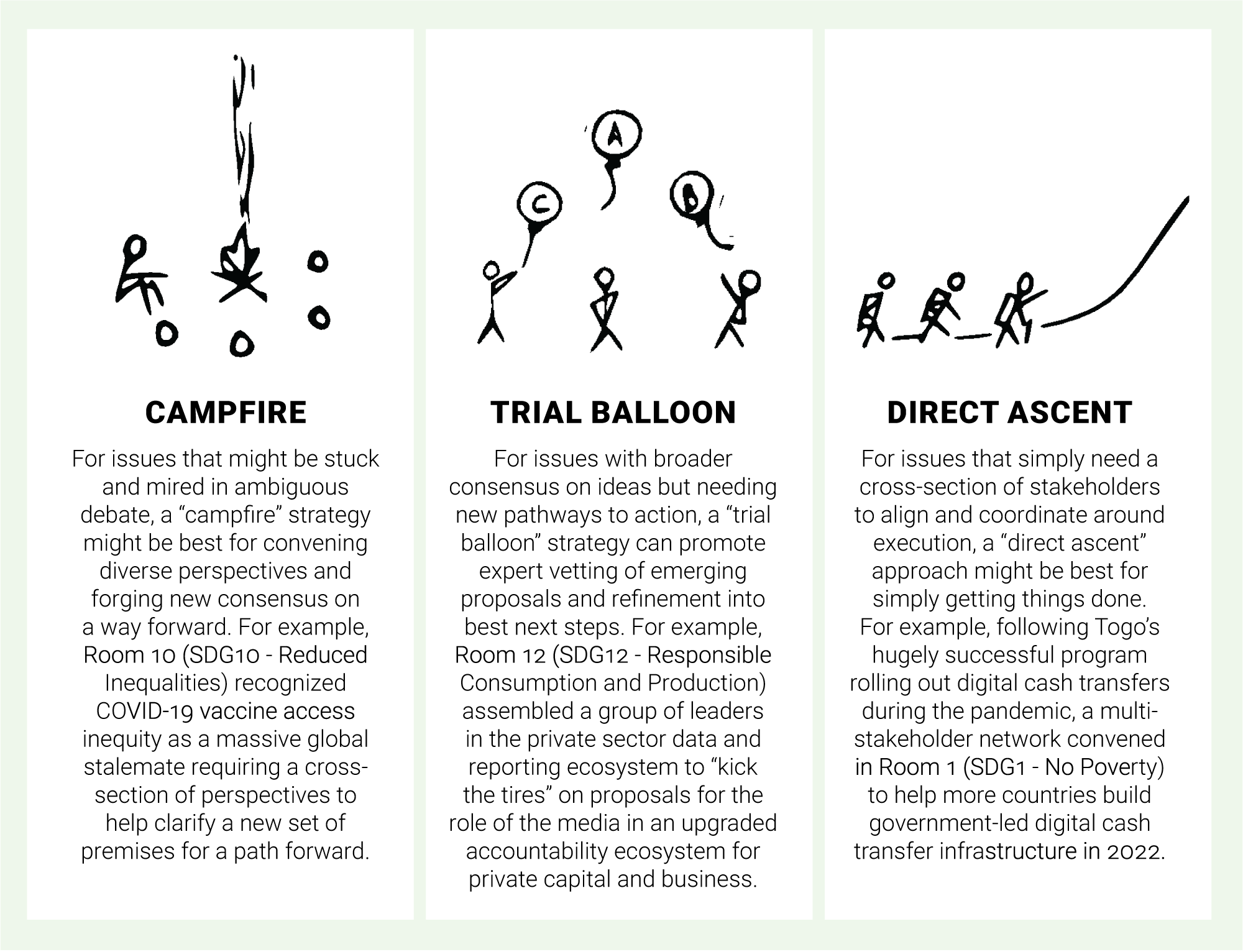
Anchored in a metaphor of the SDGs as a mountain range to be climbed and 17 Rooms as a basecamp, Room Moderators were introduced to a caricature-driven narrative framework depicting three different pathways for their group’s progress. In practice, these caricatures blended within each Room’s work. For instance, some direct ascents needed fresh consensus on guiding principles for implementation. Some campfires could only make inroads when paired with a trial balloon. Wherever Rooms began or ended on this spectrum of journeys, adopting an initial narrative frame helped several groups shorten their path to action.
Promoting interaction between Rooms
Accelerating cooperation within Rooms frames only a first layer of the 17 Rooms logic. A next layer is to forge productive interactions between Rooms. In the first instance, convening 17 concurrent groups of energized and committed people generates natural positive peer effects. Progress in one Room can inform, motivate, and even guide best practices for other Rooms. Other forms of interactive opportunity also emerge. This year’s Rooms benefited from targeted (cross-Room) expert feedback on emerging Room actions, cross-Room learning on topics of common interest, and exploring joint Room strategies on shared action priorities.
Engaging expert feedback
Convening domain experts across all 17 Rooms creates enormous opportunities for Participants with relevant expert knowledge, resources, or perspectives to support other Rooms’ emerging actions. In the 2021 flagship, the most structured form of this occurred during the September virtual summit, in a curated “Room Charging Station” session. Participants visited other Rooms based on their individual interests and expertise, making suggestions to help each host Room succeed. In a post-summit survey, two-thirds of respondents deemed this session “essential.” According to one participant, the discussion provided “a great way to cross-pollinate,” while another described it as an opportunity “really to deepen [the] Room’s thinking as well as provoke new insights.”
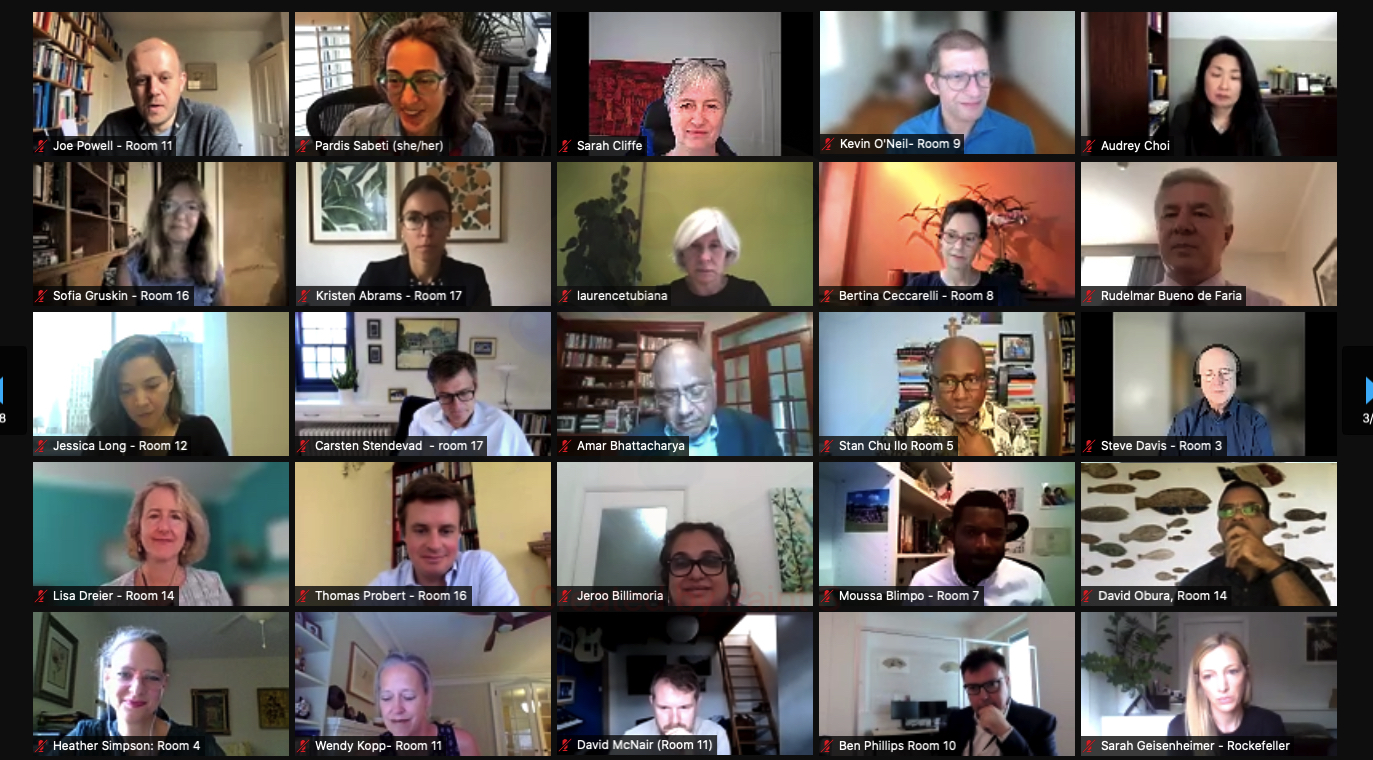
Learning different perspectives on shared interests
Exchanging outlooks on common interests between Rooms can generate productive insights to inform action. As Room work streams began to take shape this year, the secretariat was able to spot common threads and opportunities to share perspectives between Rooms. For instance, Moderators from Room 16—focused on justice in COVID-19 recovery and relief funding—met with Moderators from Room 9—experts in digital public goods and digital public infrastructure—to discuss opportunities and challenges around establishing open and transparent community-level data sources disaggregated by gender and race. During the September summit, a more structured “Big Tents” session invited participants from all Rooms to explore bottlenecks and possibilities for progress across six emergent cross-cutting themes, ranging from digital public goods to environmental management, private sector metrics, gender equality, localizing power, and intergenerational collaboration. By sharing perspectives across Room domains, Participants had the opportunity to foster new insights through small-group discussions with other members of the 17 Rooms community.
Exploring joint action
The most intensive form of cross-Room connection is when Moderator teams start collaborating to co-design joint action. Within a time-constrained process like the 17 Rooms flagship, in which each Room faces an intensive challenge even to identify its own focused priorities, it is no small task to identify joint priorities across Rooms. Nonetheless, this year’s flagship saw some alignments bubbling up across Rooms, and facilitated opportunities for Room Moderator teams to explore collaboration directly. The upshot of these exchanges, including coordinated pursuit of advancing DPGs (Room 1 and Room 9) and a cross-Room proposal for a “Natural Security Initiative” (Room 15, Room 13, Room 14), are described in the next section below.
[17 Rooms is] needed now more than ever. We used to call this convening, and we realized that it’s not just convening […] By connecting folks, providing some resources, moving forward ideas …[we can] re-imagine what connected leaders can do around the world..to change the future outlook of human vulnerability and opportunity
— Rajiv Shah, President, The Rockefeller Foundation
Gender equality as a cross-cutting theme
Within the 2021 17 Rooms global flagship process, each Room was asked to respond to the following common assignment:
What are 1 to 3 actionable priorities that your Room can identify and advance over the coming 12-18 months (i.e., by the end of 2022) to improve some component of your Goal’s 2030 outcomes? In light of COVID-19’s profound and widespread exacerbation of gender inequities, how can your Room’s actionable priorities help drive gains for women and girls?
The first question reflects a perennial design principle for 17 Rooms—focus on a next step, rather than a perfect step. The second question represents a concerted effort to elevate issues of gender inequality across all the Rooms in 2021.
A community survey at the outset of this year’s flagship process found that different Rooms had differing degrees of comfort in identifying gender-relevant priorities within their respective domains. Respecting this variation in starting points, the 17 Rooms initiative aimed to encourage each Room to take at least a concerted step forward in advancing gender equality within its chosen action domain.
Across Rooms, there was broad recognition of the enormity of the gender equality problem. Women and girls carry a disproportionate burden of adversities in the workplace, in education, in access to health care and DPGs, in personal security, and within the home. They are most vulnerable to the effects of climate change and related health, social, and economic volatility. Because of this, women and girls can secure particular benefits from new approaches to advancing SDG outcomes. For example, when technology provides remote learning opportunities in areas where travel is unsafe, when equitable digital cash transfer systems for emergency response are in place, when quality jobs with advancement opportunities are supported, and when clean fuel is used for cooking, women and girls can realize outsized benefits. Specific examples of Room insights and actions for gender equality include:
- Room 5 emphasized faith actors as agents for reshaping community norms for gender equality and supporting women leaders in faith contexts through cross-generational learning.
- Room 11 made clear that local communities and national governments need strong protocols to avoid elite capture, while supporting women leaders and women-led groups with financing.
- Room 13 noted a need for women and girls to be at the center of designing and benefiting from locally-led climate solutions, particularly for access to electricity and microfinance.
- Room 14 plans to ask the communities prototyping their “SDG narrative approach” to address the needs of women and girls in creating local stories for sustainable ecosystem management.
- Room 16 proposed ways to improve the collection of gender-disaggregated data at the community level—to identify equity gaps and help hold communities accountable for closing them.
During the September virtual summit, a cross-Room “Big Tents” session was devoted to advancing the needs of women and girls across the SDGs. Gender also featured as a strong theme during the summit’s final Room report out plenary, when keynote listener U.N. Deputy Secretary-General Amina Mohammed spoke powerfully to the importance of gender equality in her response to Rooms’ proposed action plans. Moving forward, the 17 Rooms initiative will keep prioritizing gender inequality and keep experimenting with ways to advance action-oriented priorities for gender equality across all SDGs.
I’ll do three C’s [for] what I found useful and engaging in [the 17 Rooms] process: Conversation—Sometimes we get exhausted with having conversations over and over again, but I found that in this group, bringing together the expertise, and the leadership of networks and on ideas, and having a room for just conversations has been so powerful; Connections—…there’s so much value in this process of connecting the dots between what already exists. How can we be dot connectors versus generators of new ideas? Catalyzation—How can we use our energy, our networks, our ideas, our experience, to catalyze what exists?
— Blessing Omakwu, Deputy Director leading Goalkeepers, Bill & Melinda Gates Foundation
3. Room actions for 2022
A synopsis of each Room’s action agenda is presented below. Consistent with the 17 Rooms approach of honing in on targeted actions, each group’s area of focus is described alongside at least one key next step the Room aims to advance before the end of 2022. Readers can explore the companion series of individual Room documents for a fuller sense of each Room’s outlook.
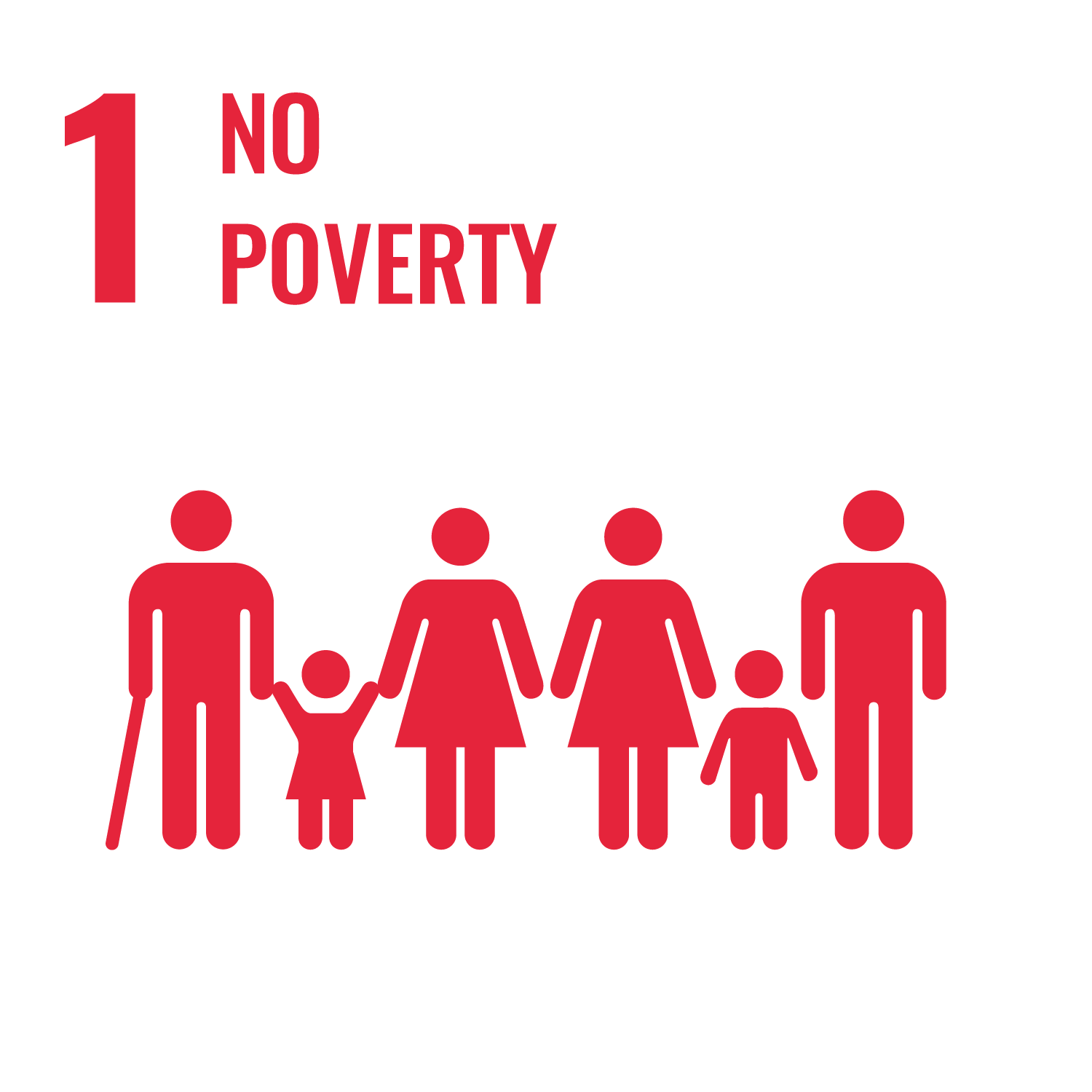 Focus: Building digital cash transfer infrastructure for emergency response and adaptive social protection.
Focus: Building digital cash transfer infrastructure for emergency response and adaptive social protection.- Action: Help at least three countries build their government-led digital cash transfer infrastructure for emergency response and social protection, and promote 12 principles for equitable reach.
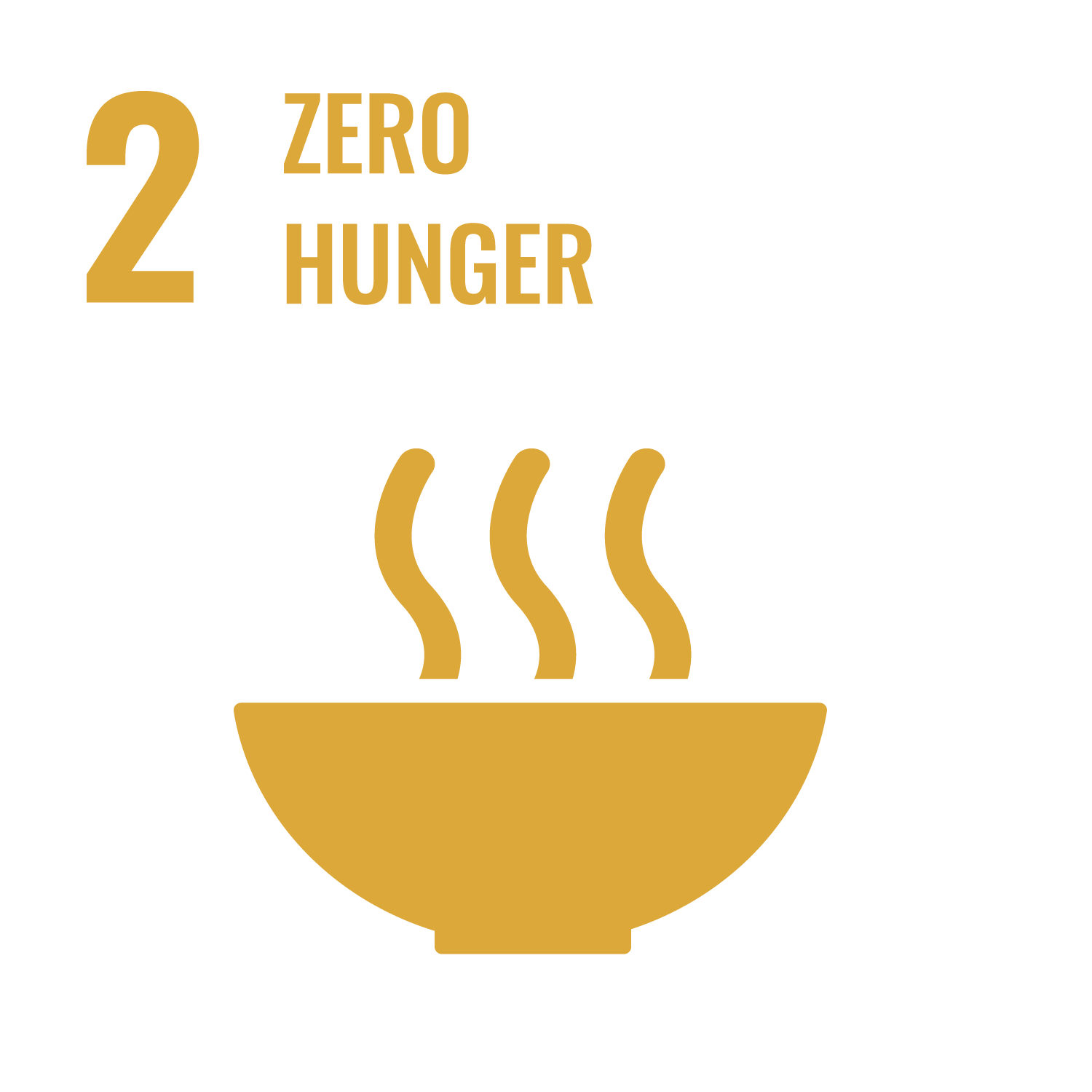 Focus: Frameworks for investors to channel investments into the food system in a way that optimizes for the “True Cost/True Value” of food.
Focus: Frameworks for investors to channel investments into the food system in a way that optimizes for the “True Cost/True Value” of food. - Action: Develop and mainstream a holistic impact assessment tool for investors to optimize for the True Cost/True Value of food.
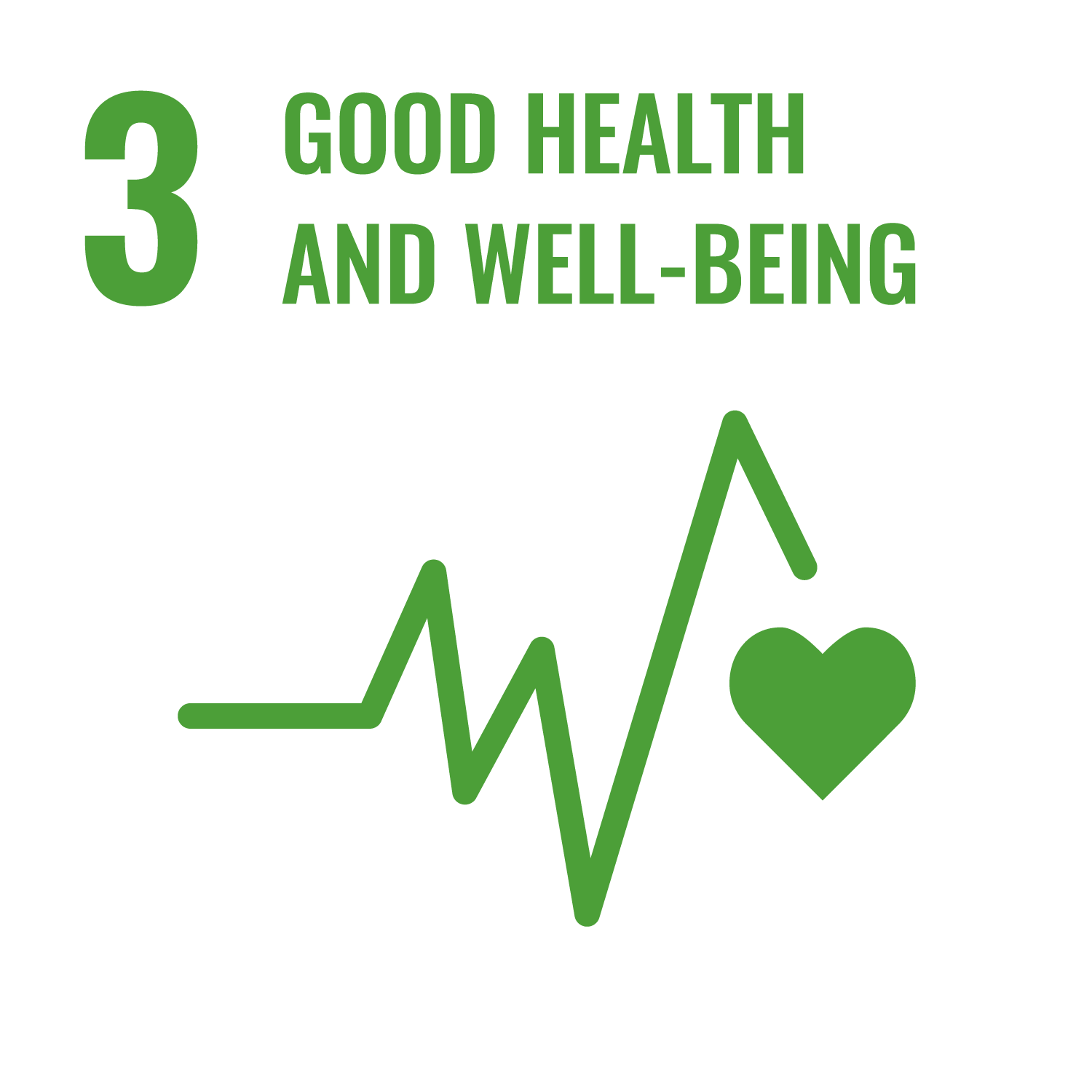 Focus: Uptake of participatory digital health tools for pandemic outbreak preparedness.
Focus: Uptake of participatory digital health tools for pandemic outbreak preparedness.- Action: Run Bluetooth-enabled simulations of participatory digital health tools for pandemic response at high-level global meetings to increase uptake of and investment in the tools by world leaders, decisionmakers, and philanthropists.
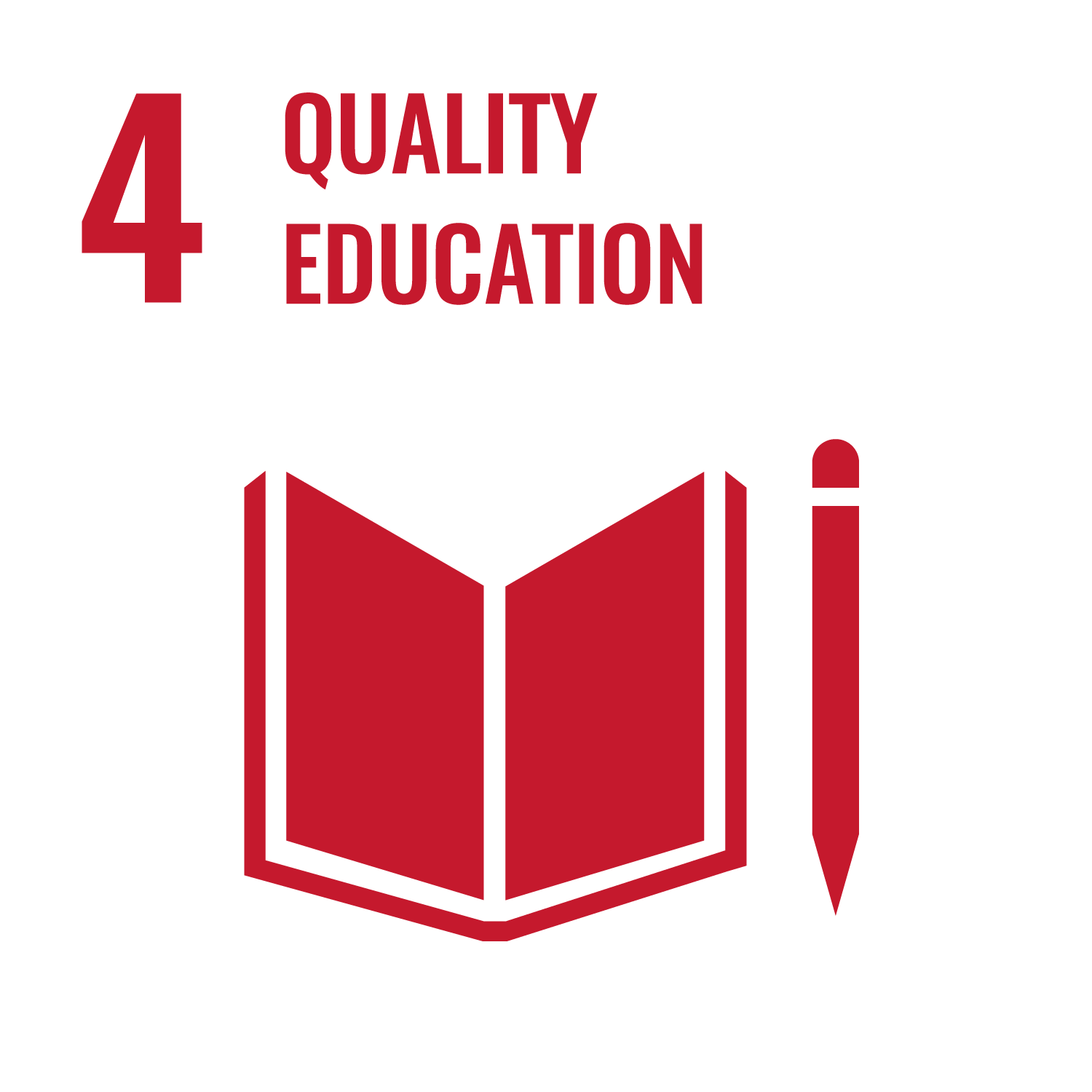 Focus: Reimagining teaching and learning spaces and educators in the wake of COVID-19.
Focus: Reimagining teaching and learning spaces and educators in the wake of COVID-19.- Action: Establish a Global Coalition on Learning Teams to support governments to learn about and adopt distributed teaching models for more effective and resilient education systems.
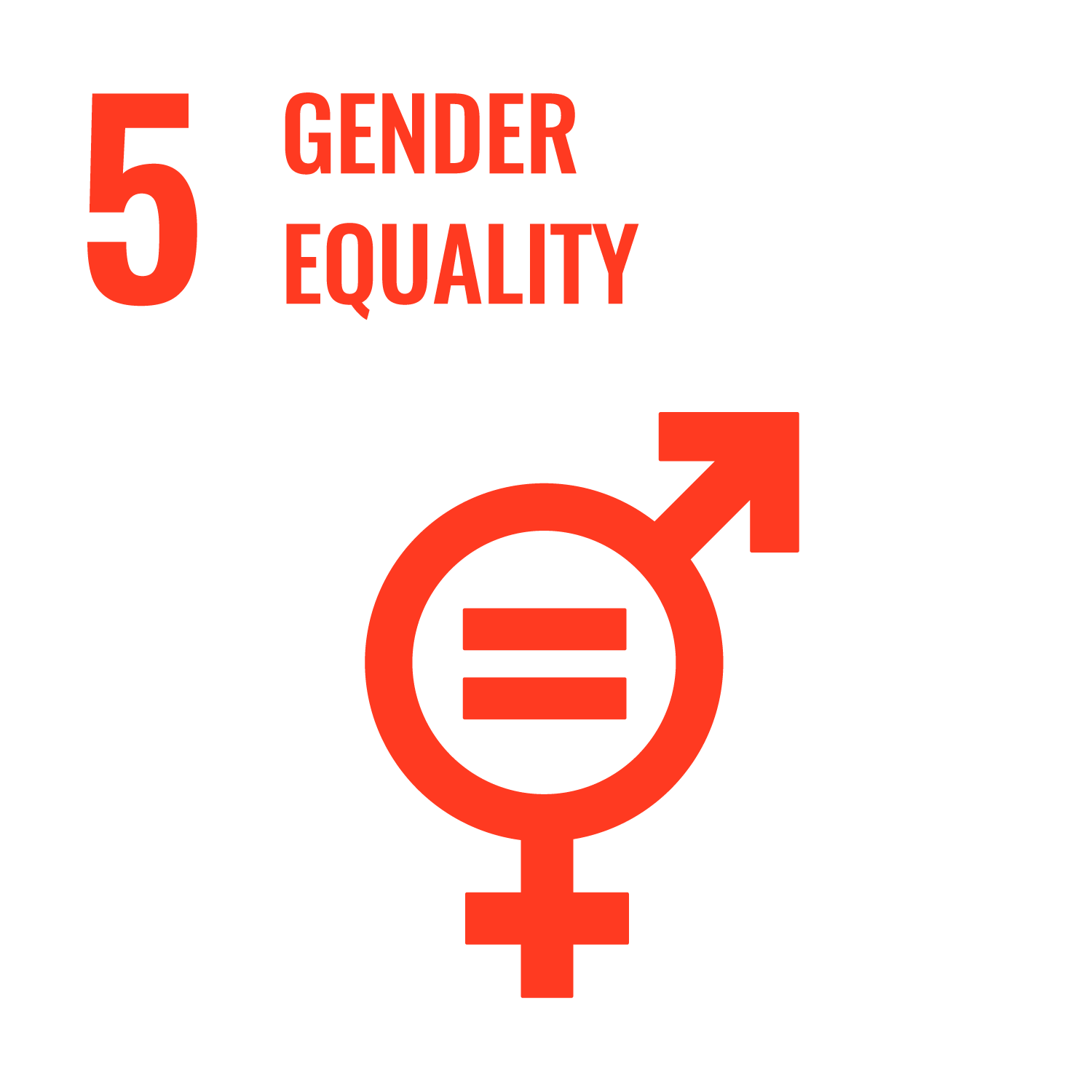 Focus: Documenting, connecting the dots between, and supporting women leading change for gender equality in faith contexts.
Focus: Documenting, connecting the dots between, and supporting women leading change for gender equality in faith contexts.- Action: Host a virtual learning exchange to foster multi-faith, cross-generational, and cross-sectoral conversations on women leaders advancing gender equality in faith contexts.
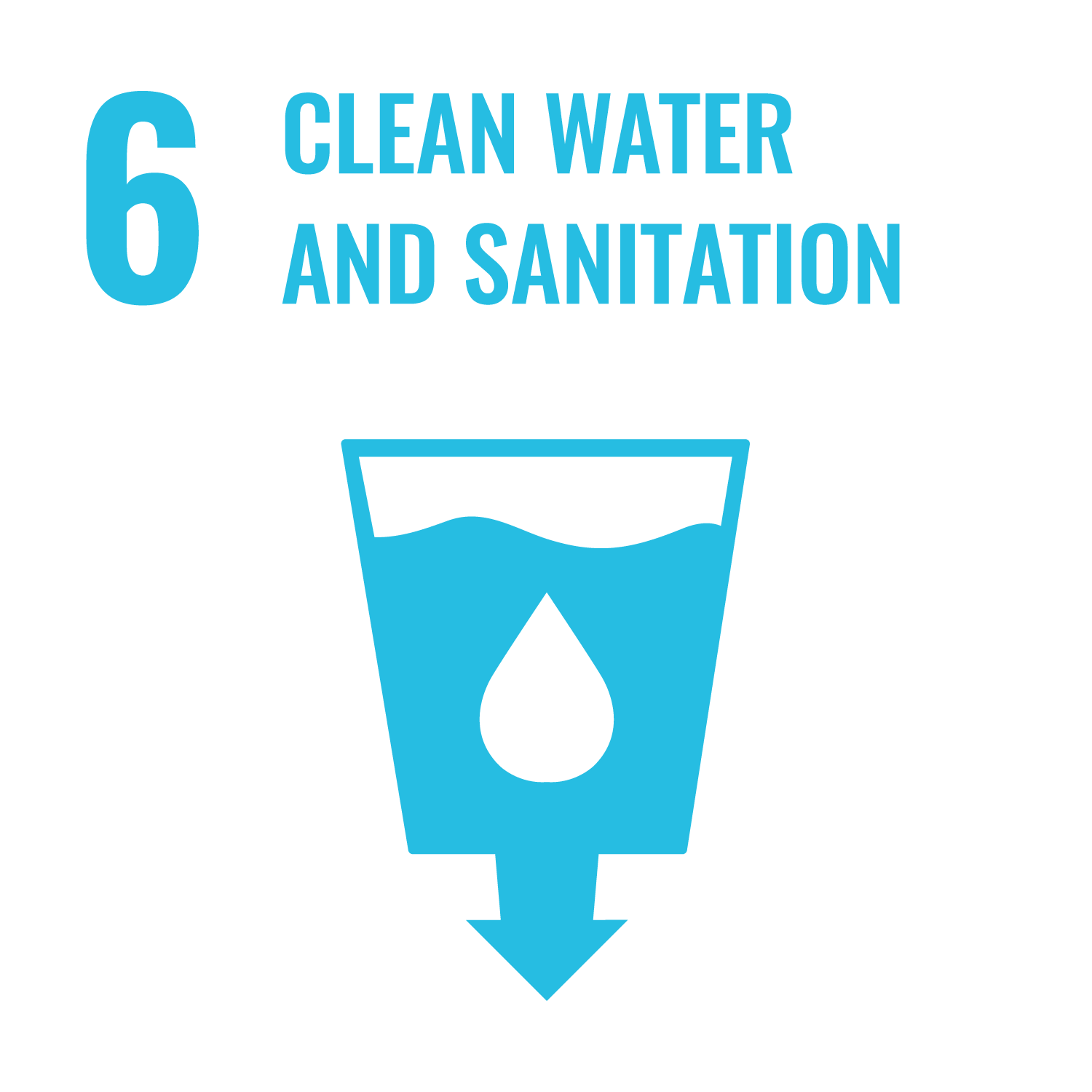 Focus: Re-framing sanitation from ‘out of sight and out of mind’ to a resource for humankind.
Focus: Re-framing sanitation from ‘out of sight and out of mind’ to a resource for humankind. - Action: Establish the economic and business cases for making human waste a resource at scale, including energy, fertilizer, freshwater, and carbon credits.
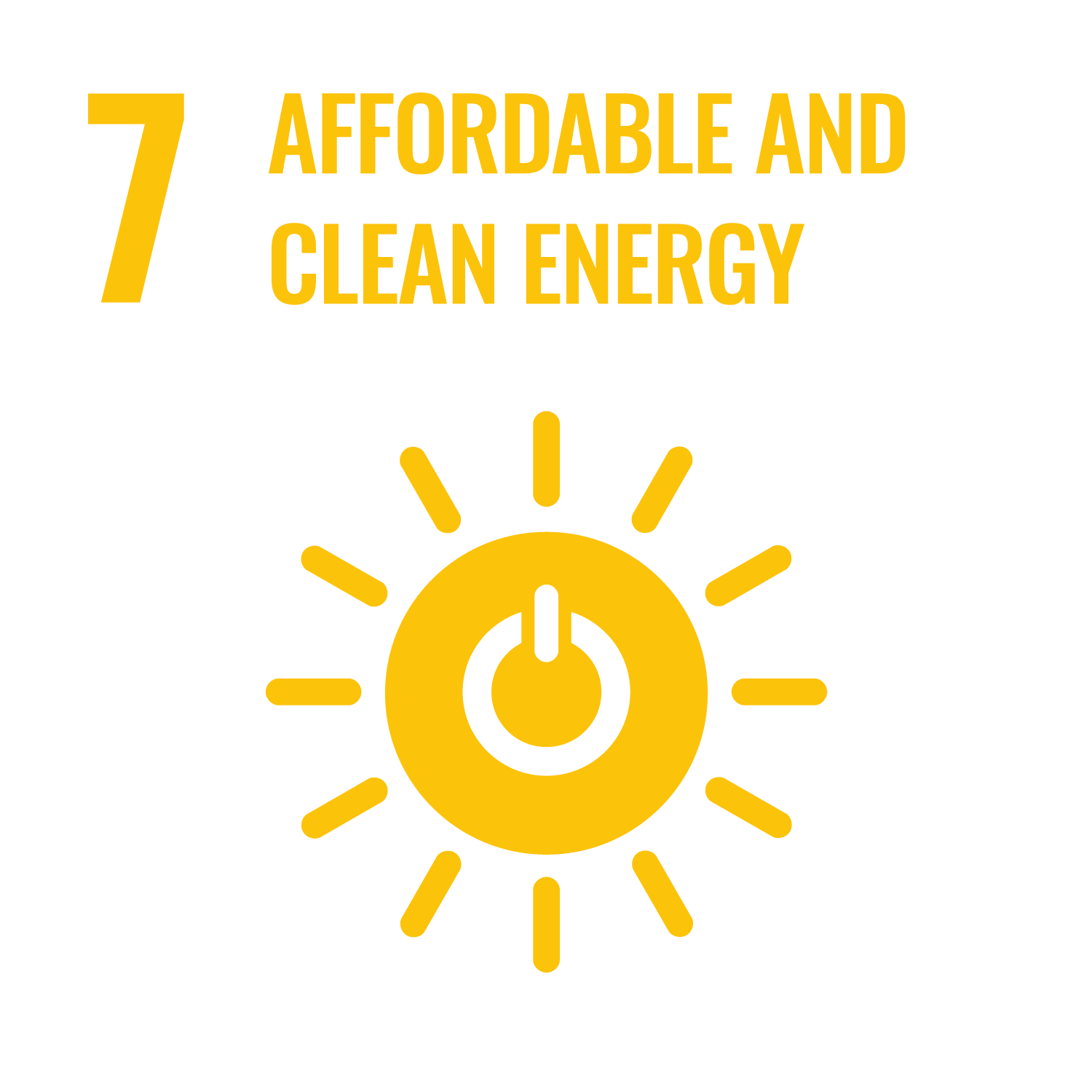 Focus: New “measurable metrics” to reframe SDG7 energy targets to be more ambitious and location-specific.
Focus: New “measurable metrics” to reframe SDG7 energy targets to be more ambitious and location-specific. - Action: Advance new targets and metrics for energy reliability, productivity, and quality. This could include a target for non-residential electricity consumption, such as the Modern Energy Minimum, and an average floor for the wider economy.
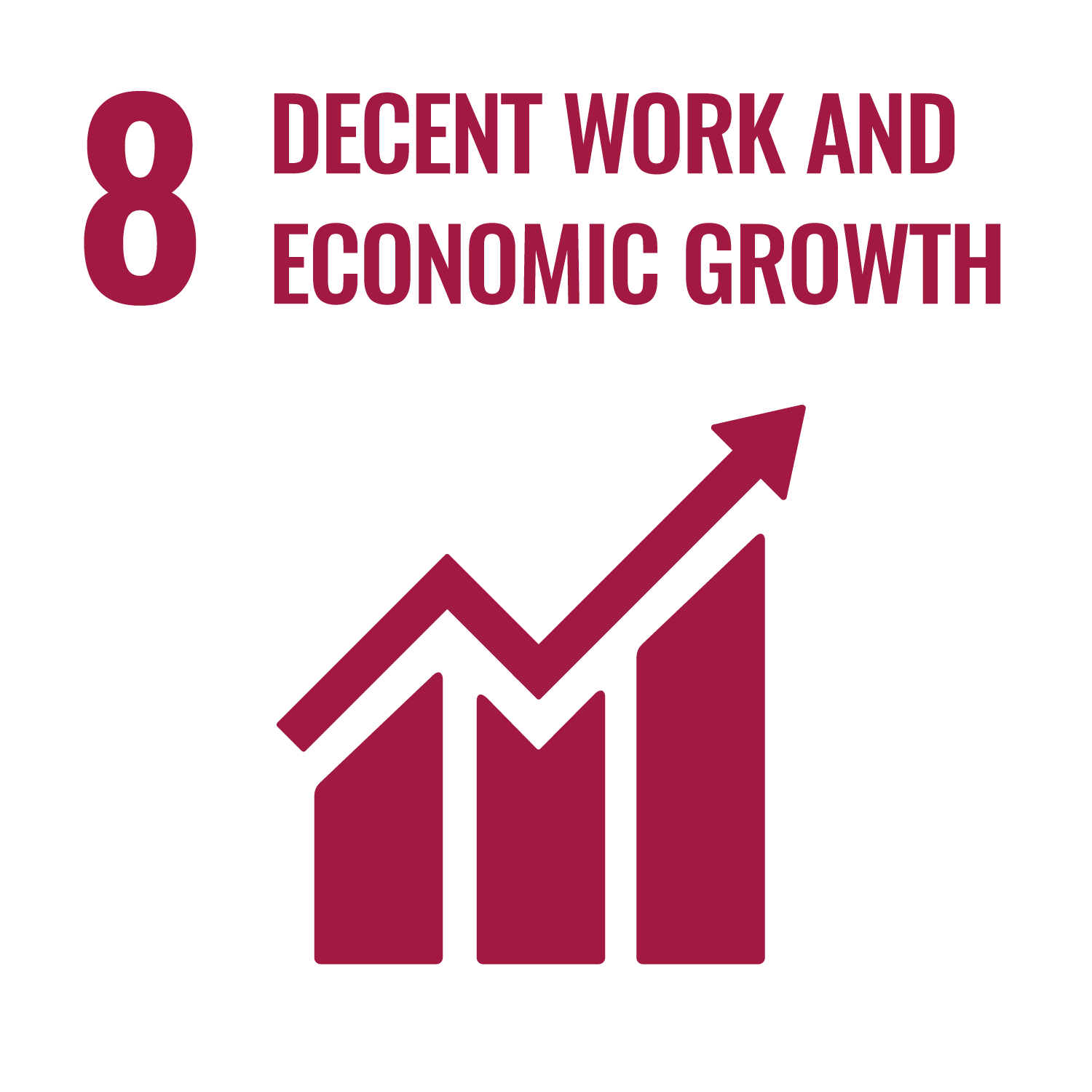 Focus: Elevating the “S” in ESG through a streamlined set of firm-level metrics that capture job quality and economic mobility.
Focus: Elevating the “S” in ESG through a streamlined set of firm-level metrics that capture job quality and economic mobility. - Action: Pilot the “Opportunity Metrics” framework with partner firms to help them monitor and increase job quality, mobility, and equity within their companies.
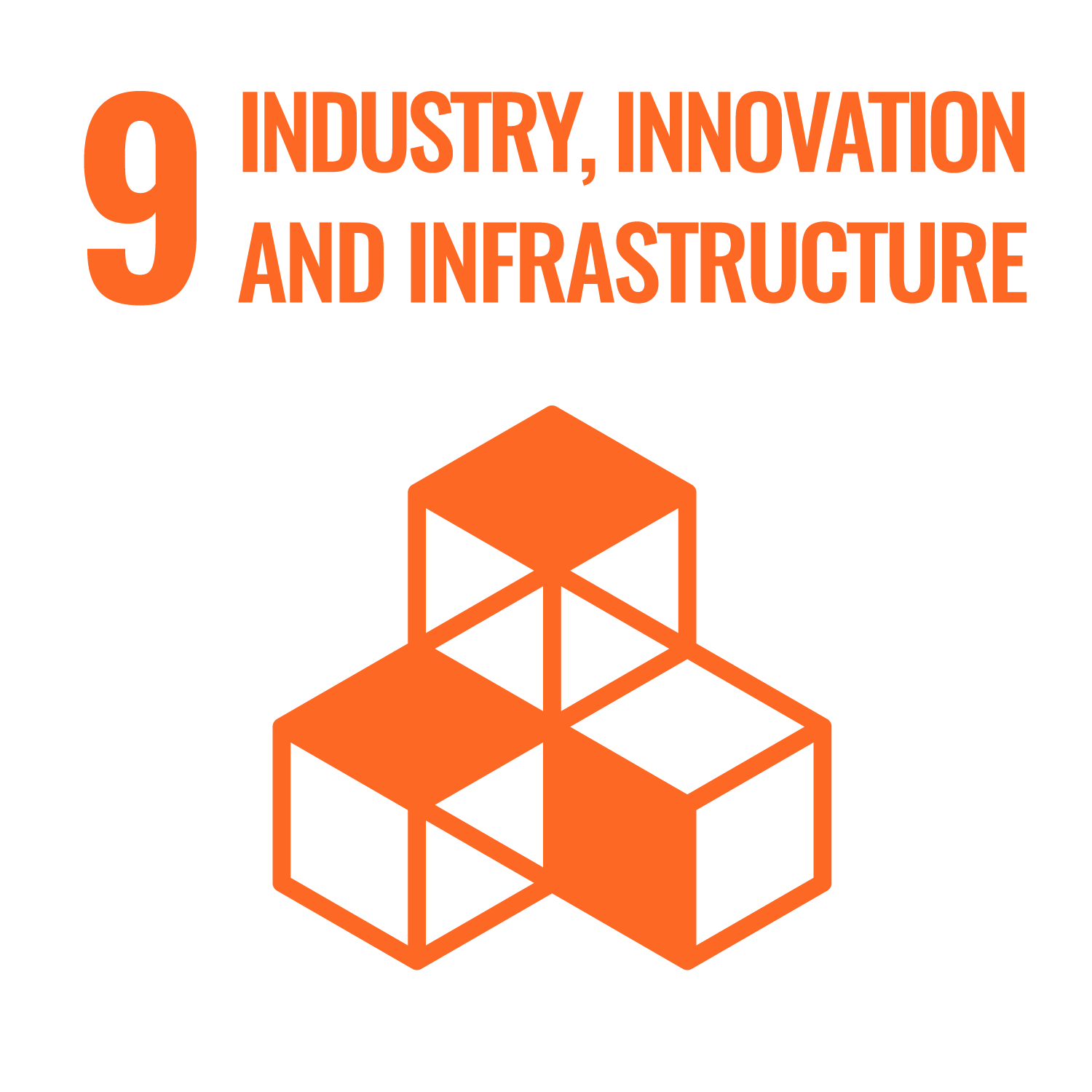 Focus: How digital public goods can enable innovation and cross-sectoral collaboration for pandemic response, economic recovery, and future pandemic preparedness and resilience at scale.
Focus: How digital public goods can enable innovation and cross-sectoral collaboration for pandemic response, economic recovery, and future pandemic preparedness and resilience at scale. - Action: Develop and socialize a guide to utilizing digital public goods for digital cooperation, SDG attainment, and innovation while also coordinating resources to implement “good digital public infrastructure” at the country level.
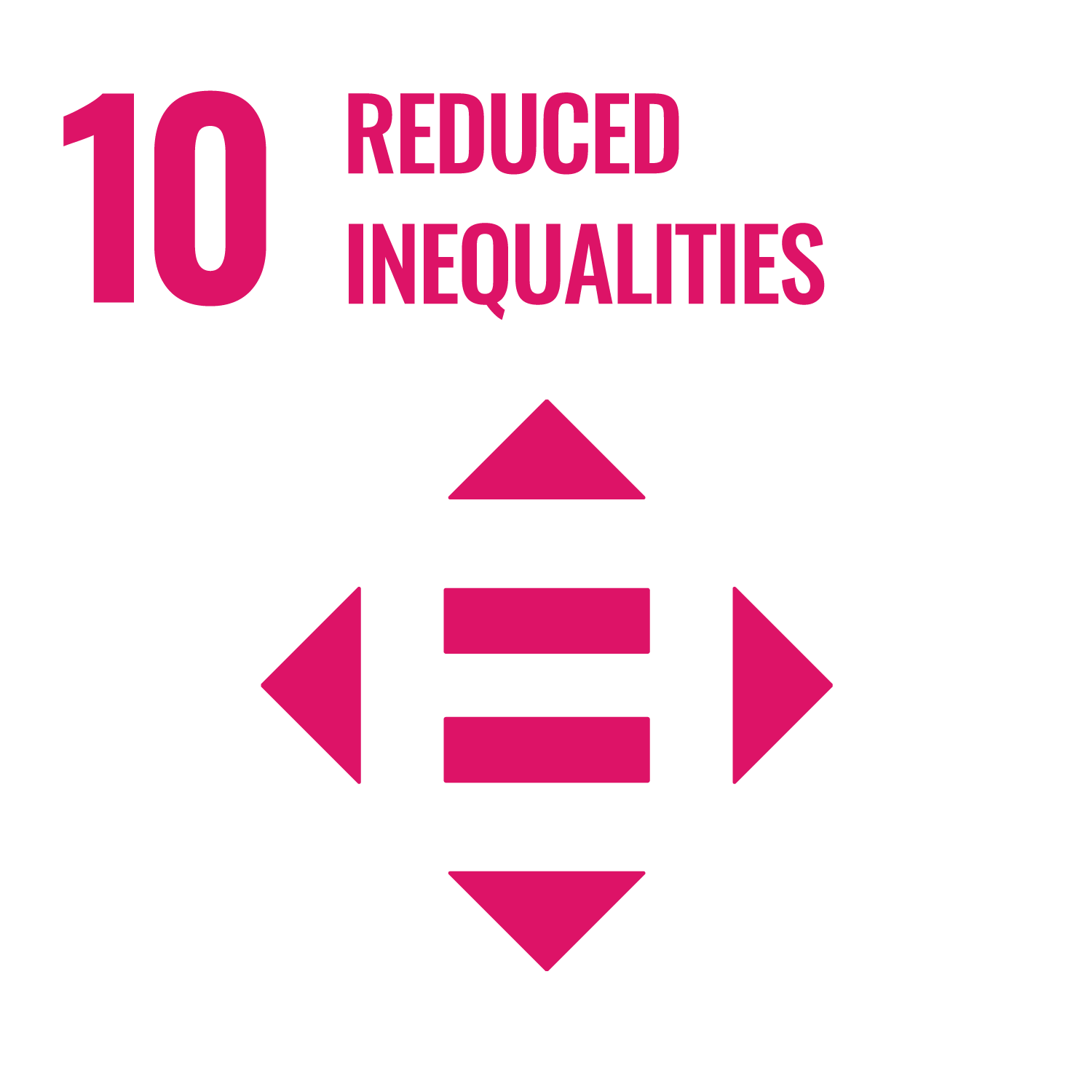 Focus: Tackling issues of vaccine equity by updating conceptions of public goods.
Focus: Tackling issues of vaccine equity by updating conceptions of public goods. - Action: Urge world leaders to improve COVID-19 vaccine equity by taking several immediate steps based on enlightened self-interest, e.g., by converting the COVAX facility’s structure to a permanent mechanism for global public investment in pandemic preparedness and response.
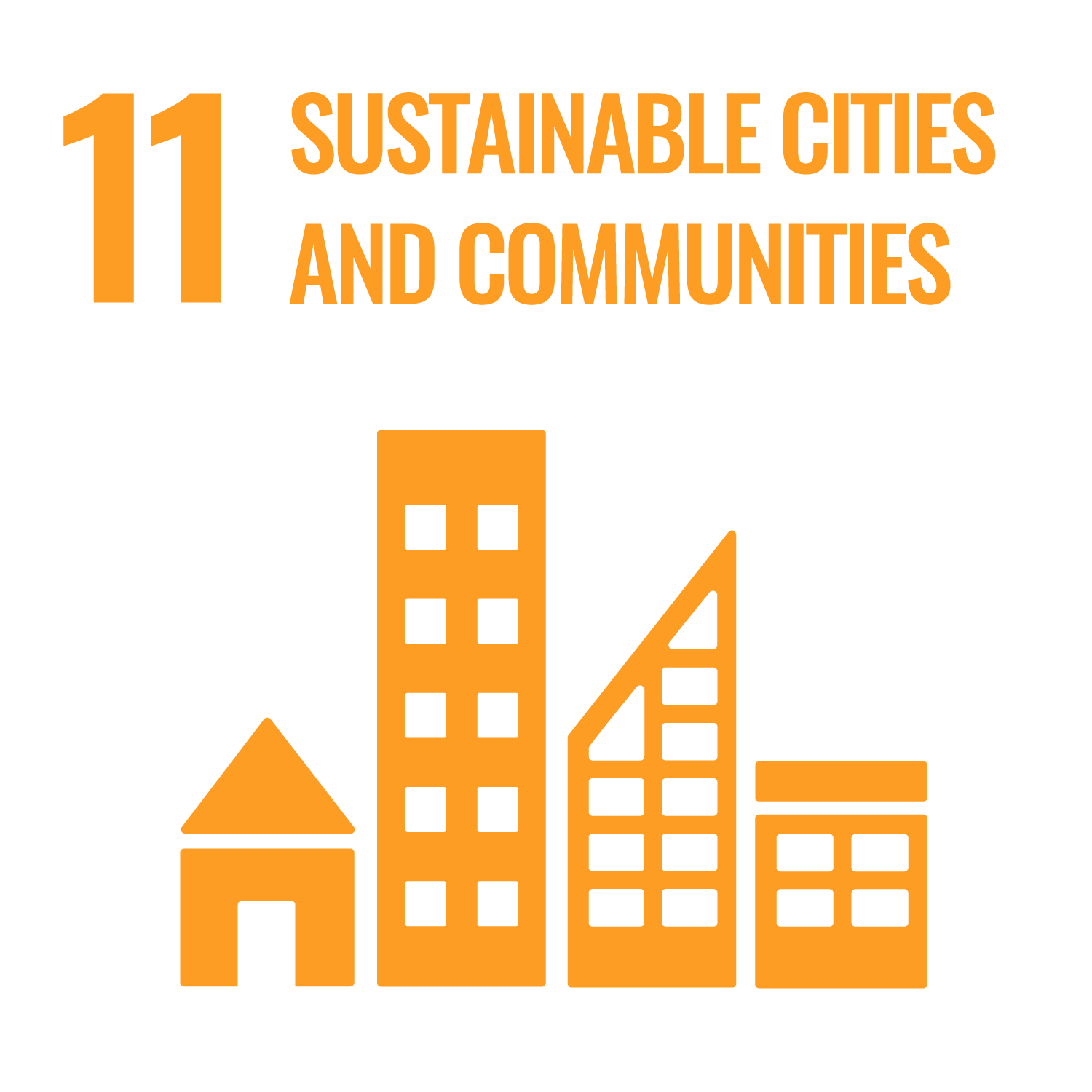 Focus: Shifts in power, process, and funding to uplift proximate leaders and value local knowledge and community-based solutions.
Focus: Shifts in power, process, and funding to uplift proximate leaders and value local knowledge and community-based solutions. - Action: Co-create or scale an existing locally led campaign to shift power, process, and funding from bilateral donors, philanthropies, and their intermediaries towards community-embedded actors so that local actors can design and deliver sustainable development solutions in their own communities
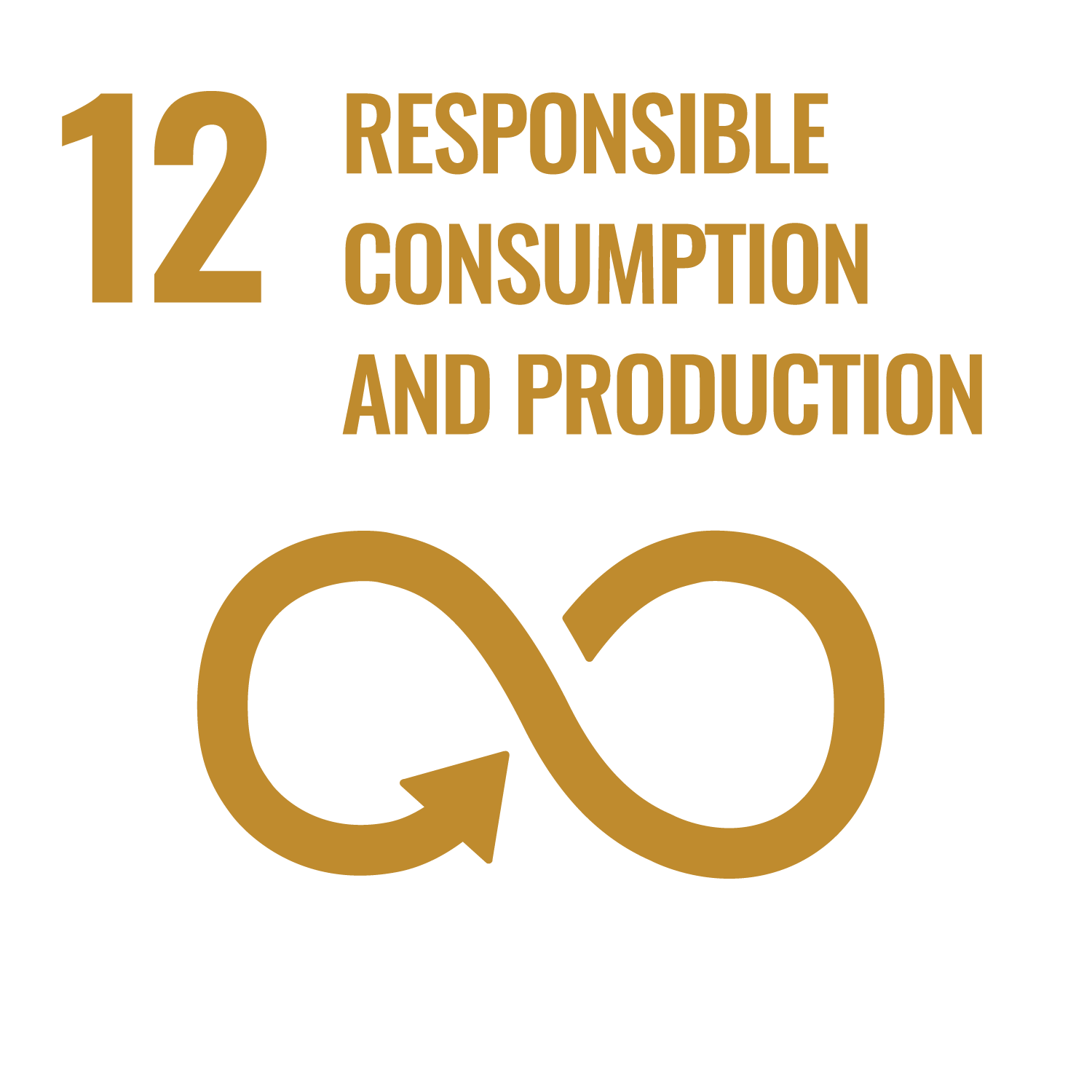 Focus: Accelerating a data and reporting ecosystem to unlock private capital’s contribution to the SDGs.
Focus: Accelerating a data and reporting ecosystem to unlock private capital’s contribution to the SDGs.- Action: Launch a public campaign to encourage business journalists to increase and intensify their reporting on ESG efforts as a way to monitor and hold the private sector accountable for SDG action.
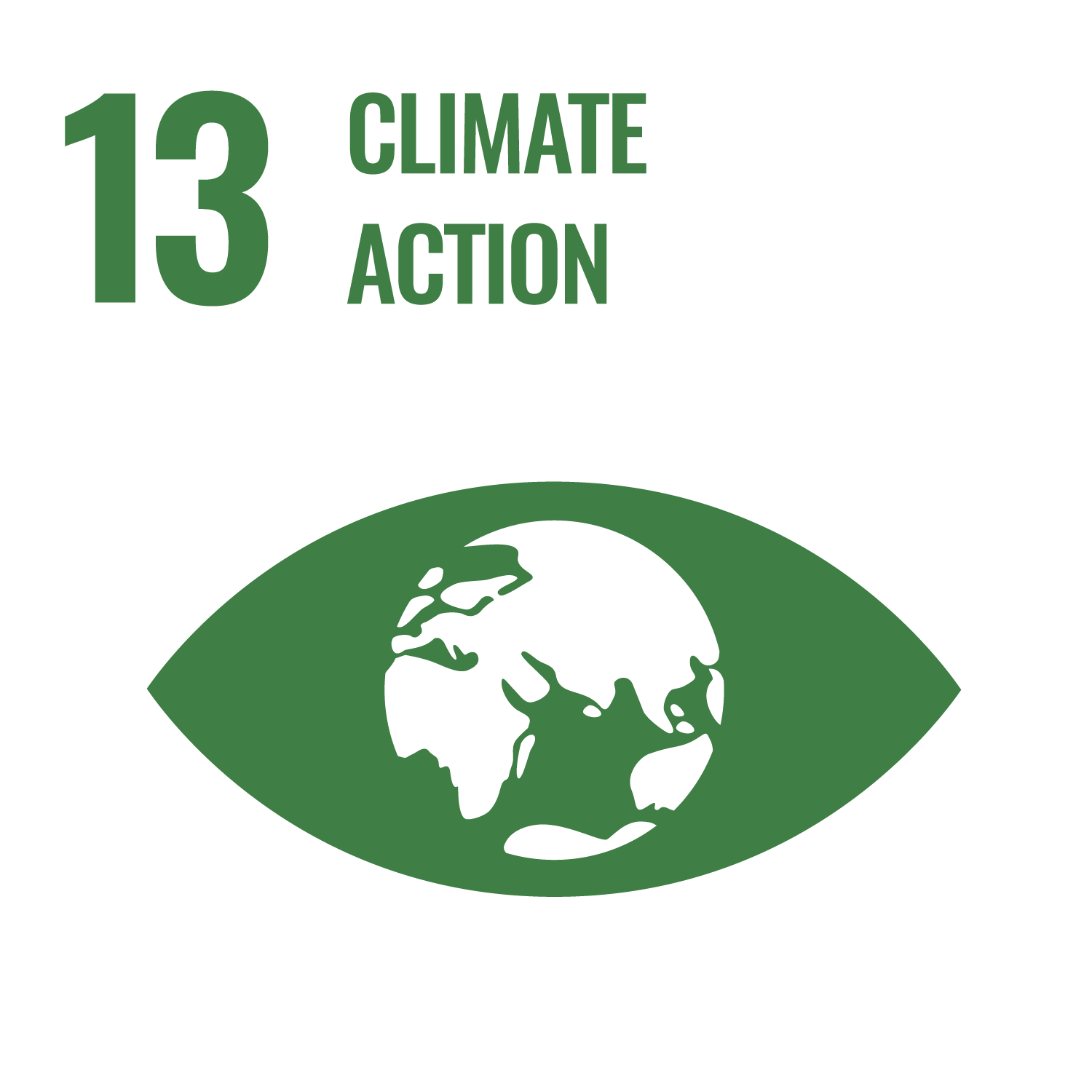 Focus: A “breakthrough” agenda on climate finance, which is necessary to deliver on greater climate ambition and ensure synergy with the sustainable development agenda.
Focus: A “breakthrough” agenda on climate finance, which is necessary to deliver on greater climate ambition and ensure synergy with the sustainable development agenda. - Action: Shape a common high-level narrative for three pillars of “breakthrough” for climate finance, including: delivering and going well beyond advanced economies’ $100 billion annual commitment, scaling up private finance through reform of the international financial institutions, and aligning the financial system to become a catalyst for change.
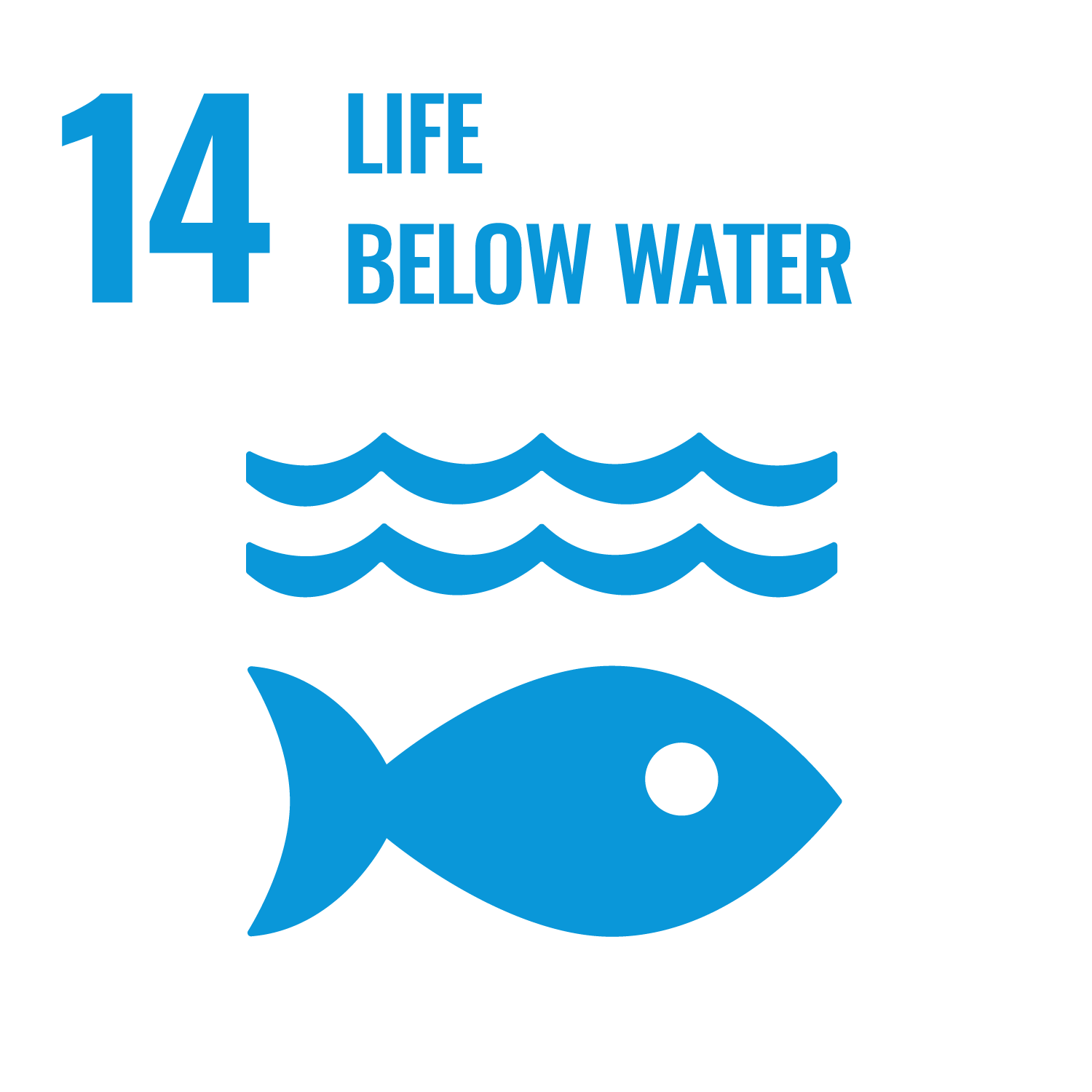 Focus: Developing solutions for working seascapes that address multiple SDGs while safeguarding biodiversity and climate, empowering and nourishing communities, and engaging local stakeholder groups.
Focus: Developing solutions for working seascapes that address multiple SDGs while safeguarding biodiversity and climate, empowering and nourishing communities, and engaging local stakeholder groups. - Action: Prototype an “SDG narrative approach” with local actors to develop their ocean-based vision for sustainable development. The prototype will start with a small and diverse set of places/organizations, likely in Moorea, French Polynesia; Mombasa, Kenya; and Iberostar (a family-owned tourism company) properties.
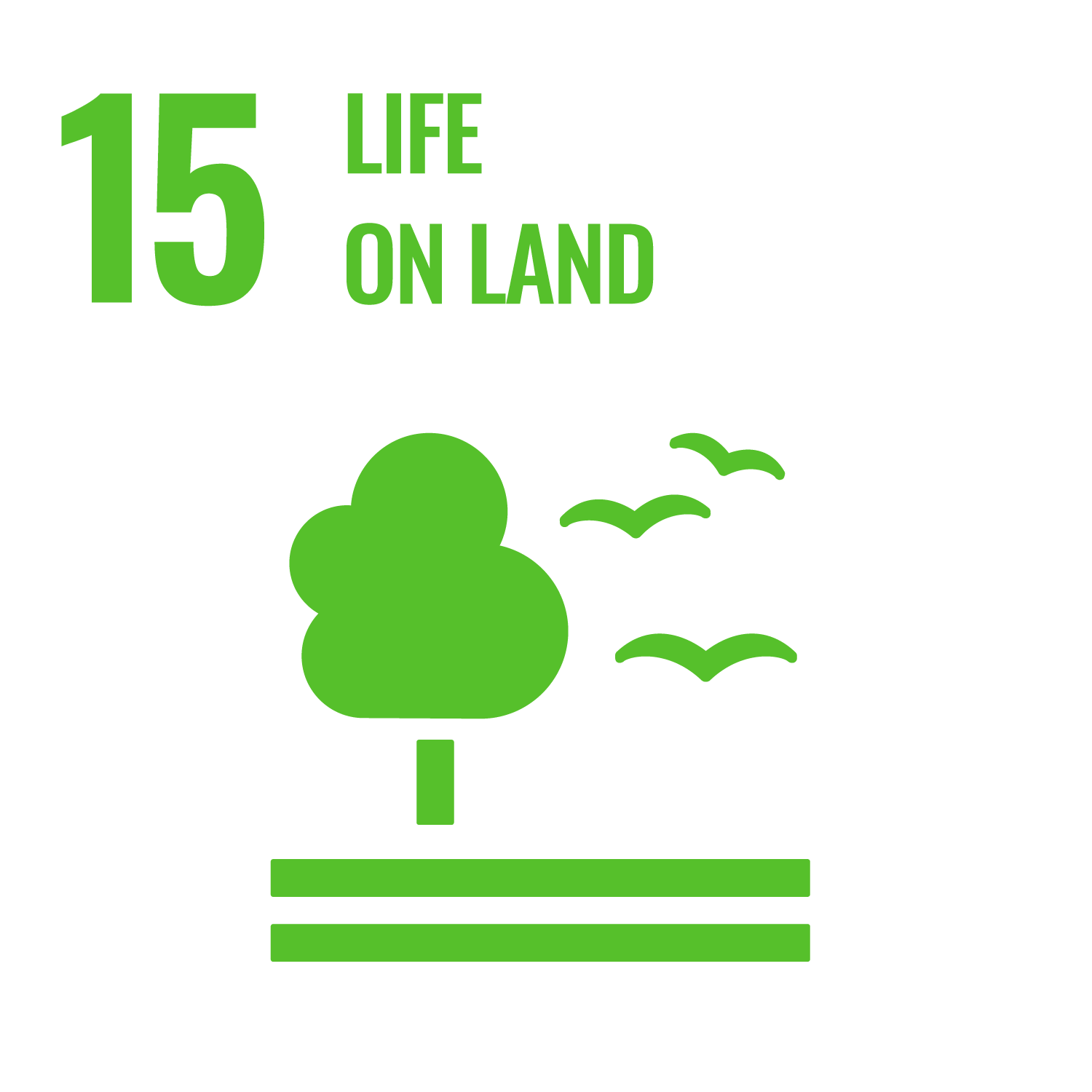 Focus: Near-term opportunities and challenges for scaling Nature-Based Solutions, including extreme weather events; the need to bridge climate and biodiversity policy agendas in 2021; and the relationship between human security, justice/ equity, and climate change.
Focus: Near-term opportunities and challenges for scaling Nature-Based Solutions, including extreme weather events; the need to bridge climate and biodiversity policy agendas in 2021; and the relationship between human security, justice/ equity, and climate change. - Action: Rapidly advance the “Natural Security Initiative”—to catalyze investments in nature to protect and benefit people where they live—by (i) enjoining and elevating the various existing nature-based solutions initiatives and climate campaigns and (ii) in-depth research tackling the recognized barriers to scaling up investments in nature.
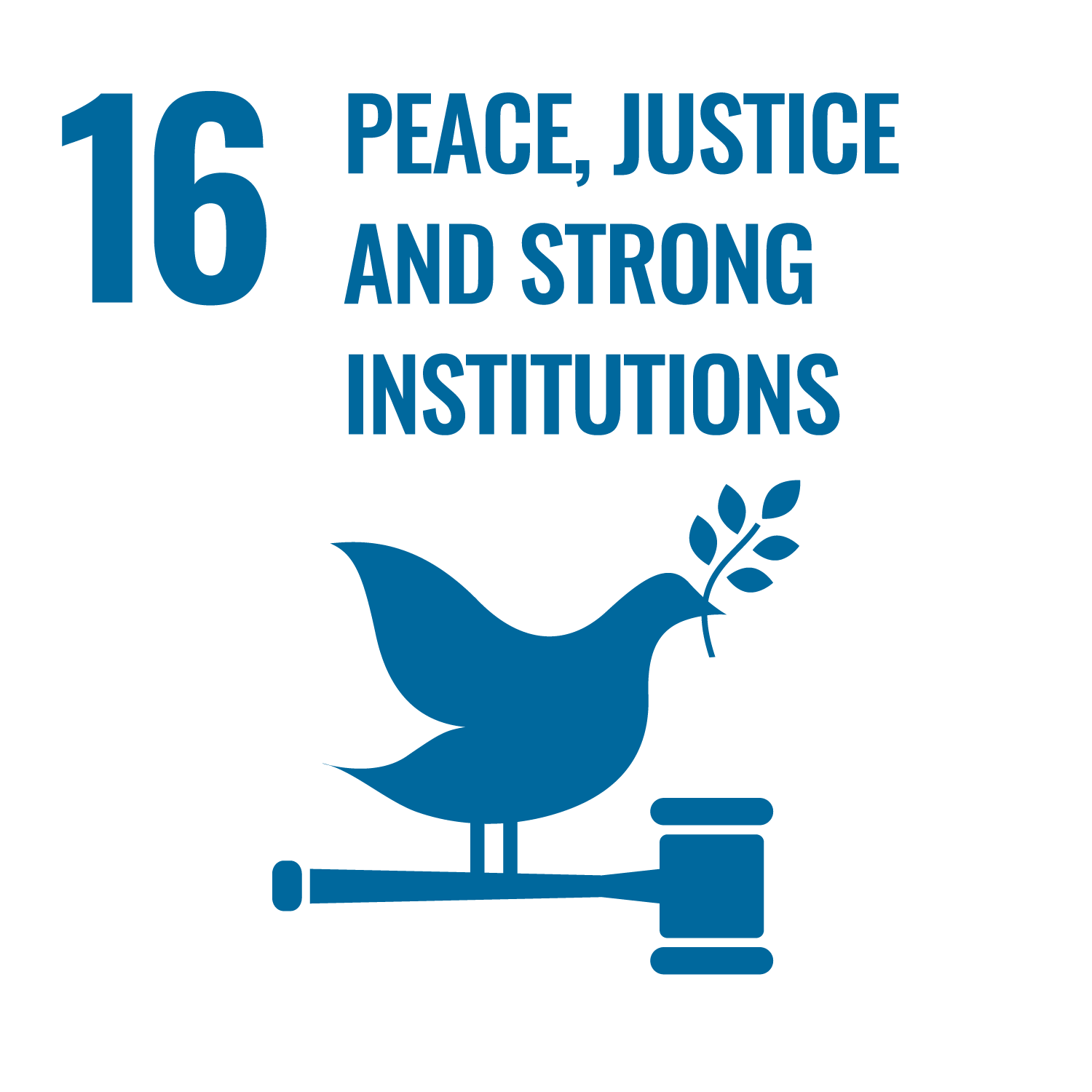 Focus: Bridging local, national, and global layers of action to assess and foster accountable Covid relief and recovery efforts that reduce inequalities and increase access to justice.
Focus: Bridging local, national, and global layers of action to assess and foster accountable Covid relief and recovery efforts that reduce inequalities and increase access to justice. - Action: Identify and advance best practices for COVID-19 relief and recovery packages that produce just outcomes; and create a community of practice to advance new approaches to teaching and partnering with the next generation of university students about human rights using the SDGs.
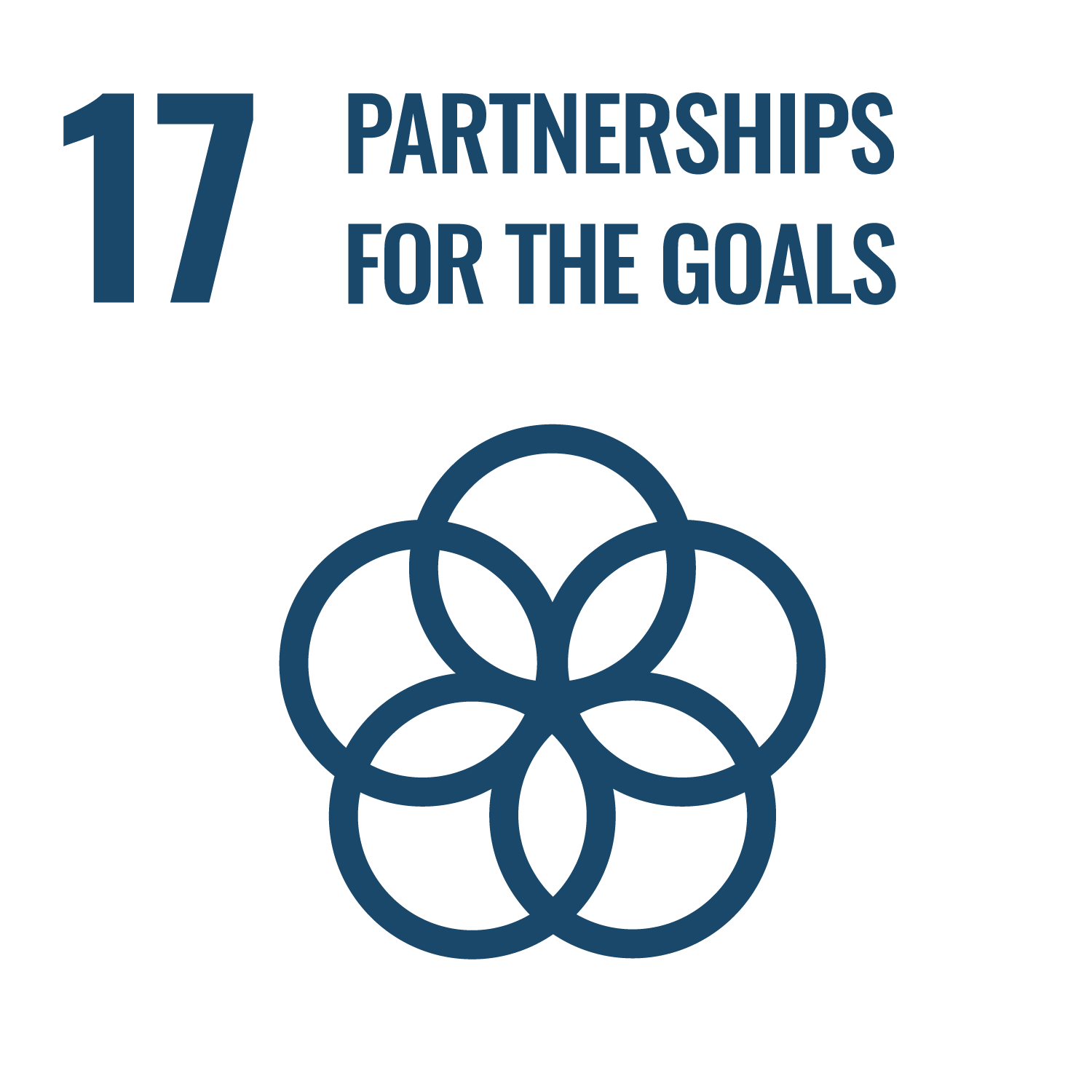 Focus: The role institutional investors can play in the fight against forced labor and modern slavery, consistent with the trend toward increasing investor focus on real-world impact.
Focus: The role institutional investors can play in the fight against forced labor and modern slavery, consistent with the trend toward increasing investor focus on real-world impact. - Action: Develop an accessible, easy-to-use forced labor risk estimation tool that is easily integrated with institutional investors’ existing systems, and can deliver risk estimates at the company level across a wide universe of companies.
Joint action between Rooms
The Room actions listed above reflect a broad mix of ambitions for SDG policies and practice. Readers might also note substantive alignment among some of the Room agendas. Some of these are coincidental; others reflect more structured interactions. As one example, the natural overlap between Room 1’s approach to building a digital public good for social inclusion and Room 9’s focus on global-scale strategies for implementing digital public infrastructure led to multiple meetings between Room representatives to explore opportunities for joint action. Both Rooms agreed that in the immediate term, the most effective form of joint action would be to maintain an open line of knowledge sharing and connection, but to work in parallel on their respective strategies for advancing digital public infrastructure and digital public goods in 2022.
This year’s most structured cross-Room interaction took shape after Room 15 floated the idea of a “Natural Security Initiative” (NSI) to catalyze investment in nature to protect and benefit people where they live. They shared the proposal mid-stream with the co-Moderators of Room 13 (climate action) and Room 14 (oceans), who offered strong support, provided specific suggestions on next steps, and began to incorporate relevant work into their own Rooms. The NSI proposal is continuing to evolve, but it has begun with a concerted campaign to put people and equity at the center of global climate and biodiversity agendas in key high-level meetings in 2021 (e.g., the COP26 climate summit) and 2022 (e.g., the COP15 biodiversity summit and COP27 climate summit). Next steps are likely to include a sharper assessment of the geographic spread of required investments in nature, alongside a more fleshed out action plan for mobilizing relevant actors in 2022.
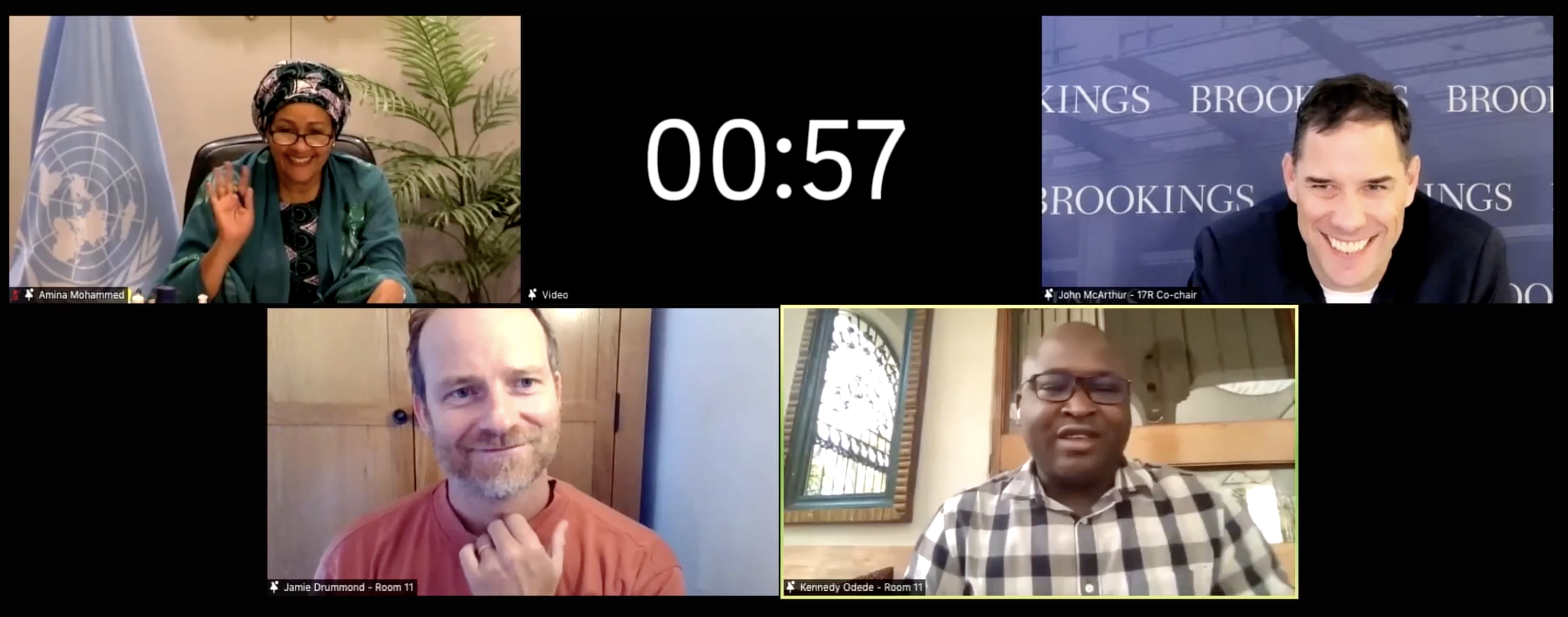
4. Looking to 2022
The 17 Rooms initiative aims to create a helpfully novel environment for problem solving across all 17 SDGs. The foremost ambition is to foster actions, insights, and interpersonal connections that improve the world’s sustainable development outcomes. All of the 2021 flagship Rooms deserve tremendous credit for generating such practical agendas within such limited time constraints. But the real measure of success will lie in the delivery of actions in 2022.
Importantly, few of the Room proposals were developed in isolation; most will advance and evolve through interactions with broader efforts underway elsewhere. Some Rooms (e.g., Room 11, Room 14) even extend explicit invitations for interested parties to get directly involved in their work. The Room action agendas are best interpreted as a dynamic springboard to further progress over the coming year, rather than a stationary landing pad.
In 2022, the 17 Rooms initiative will convene a fifth annual global flagship process, exploring possibilities for mixing virtual plus in-person convenings as the COVID-19 pandemic continues to evolve. While the virtual environment offers unique opportunities for efficient and inclusive global conversations, many members of the 17 Rooms community have conveyed a strong desire for physical convenings too.
The initiative will also continue to expand opportunities for decentralized SDG engagement through the “17 Rooms-X” community of practice. A growing diversity of communities, universities, regions, and national-scale bodies are exploring or already deploying 17 Rooms methodologies to connect and advance SDG actions in their own local contexts. The initiative is keen to see how its methods can support action, insight, and community for the SDGs at any scale of geography or network.
The 17 Rooms 2021 global flagship process convened an extraordinary mix of people pushing for large-scale global change. Their actions and insights show the types of progress that are possible when diverse communities come together. They can help to elevate, and hopefully inspire, decisive gains for sustainable development within every community around the world.
Acknowledgments
The secretariat thanks Margaret Biggs, Homi Kharas, George Ingram, and Tony Pipa for helpful comments on earlier drafts of this report. The secretariat thanks participants in the 17 Rooms 2021 process for contributing remarkable insights and ideas, as reflected in the companion series of individual Room publications, which inspired the contents of this report. The secretariat is also particularly grateful to the Room Moderators who provided such energizing leadership, feedback, and support for the 17 Rooms process throughout 2021.
The Brookings Institution is a nonprofit organization devoted to independent research and policy solutions. Its mission is to conduct high-quality, independent research and, based on that research, to provide innovative, practical recommendations for policymakers and the public. The conclusions and recommendations of any Brookings publication are solely those of its author(s), and do not reflect the views of the Institution, its management, or its other scholars.
Support for this publication was generously provided by The Rockefeller Foundation. Brookings is committed to quality, independence, and impact in all of its work. Activities supported by its donors reflect this commitment. The Rockefeller Foundation advances new frontiers of science, data, policy, and innovation to solve global challenges related to health, food, power, and economic mobility. As a science-driven philanthropy focused on building collaborative relationships with partners and grantees,
The Rockefeller Foundation seeks to inspire and foster large-scale human impact that promotes the well-being of humanity throughout the world by identifying and accelerating breakthrough solutions, ideas, and conversations. For more information, visit www.rockefellerfoundation.org.




